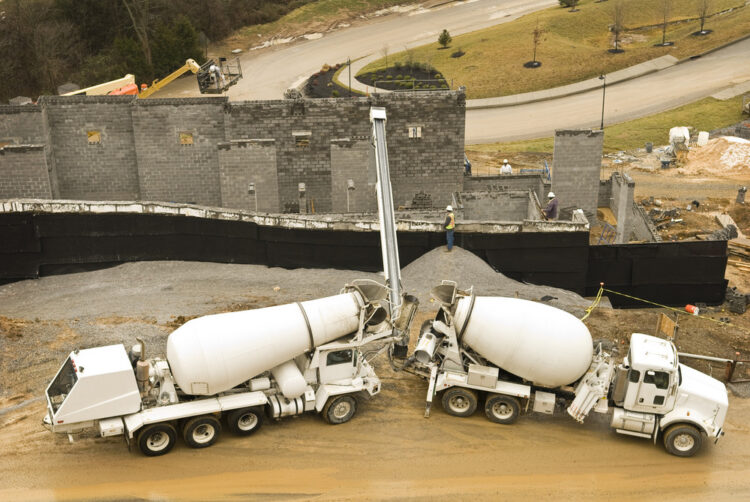Concrete has been a staple in architectural design for centuries. Known for its strength and versatility, this material continues to offer endless possibilities for architects seeking to push the boundaries of conventional design. Its adaptability allows for the creation of both functional and striking structures, from minimalist modern buildings to complex, sculptural forms. Concrete’s ability to seamlessly blend with other materials, such as glass, wood, and steel, makes it a favorite choice for innovative designs. When working on large-scale or intricate projects, collaborating with experienced concrete contractors can ensure high-quality results. In this blog post, we’ll explore three innovative ways to incorporate concrete into architectural projects that highlight its aesthetic and structural potential, demonstrating how it can transform both urban landscapes and private spaces.
1. Exposed Concrete Surfaces
Exposed concrete offers a modern, industrial aesthetic that is both bold and elegant. By leaving concrete surfaces unfinished, architects can create sleek, minimalist designs that emphasize texture and form. According to Fixr, concrete is likely the most common material used today. The mix of cement, gravel, sand, and water makes a highly durable surface, making it an excellent choice for high-traffic areas such as walls and floors.
2. Concrete as a Structural Element
Beyond its aesthetic appeal, concrete plays a crucial role as a structural element in countless architectural projects. Its strength and durability make it ideal for use in load-bearing beams, columns, and foundations. By using concrete as a primary structural material, architects can design open spaces with fewer support structures, offering greater flexibility in interior and exterior planning. For projects that require precision and expertise, working with experienced concrete contractors ensures the material is used to its full potential, delivering both stability and visual appeal.
3. Decorative Concrete Features
Decorative concrete is a creative way to add distinctive elements to a project, from intricate patterns to custom textures and colors. Techniques such as stamping, staining, and polishing allow architects to transform ordinary concrete surfaces into eye-catching focal points. These features can add unique visual interest and contribute to the character of both residential and commercial spaces.
Concrete’s versatility ensures it remains a vital component in modern architectural design. By leveraging its structural and aesthetic qualities, architects can create innovative designs that are both functional and visually striking. Whether used in exposed surfaces, as a structural element, or in decorative features, concrete continues to inspire creativity and transform spaces around the world. Collaborating with skilled concrete contractors can help ensure that the material is applied effectively, maximizing its potential in both form and function. Contact GFP Mobile Mix Supply today to get a quote on your next project.



